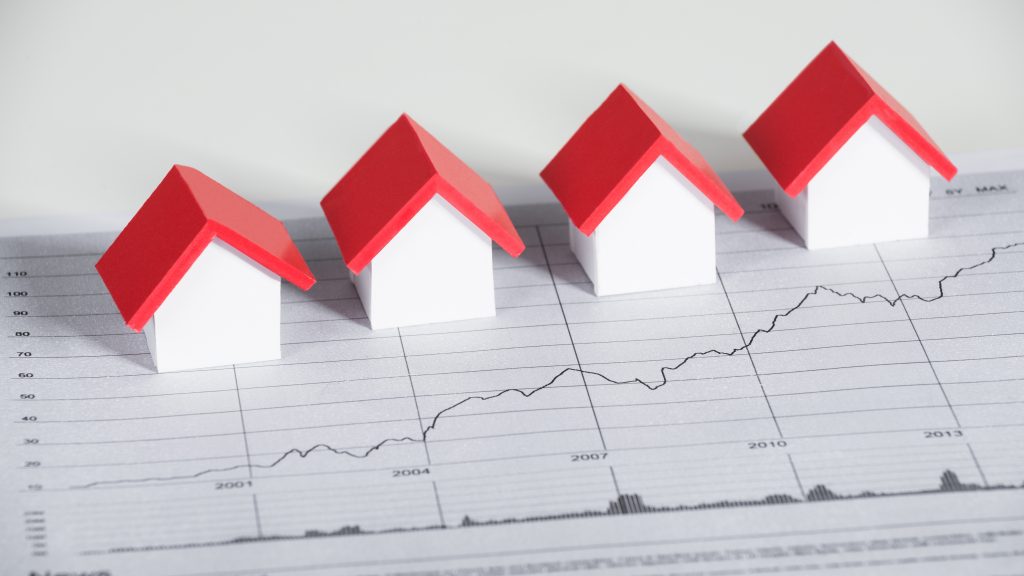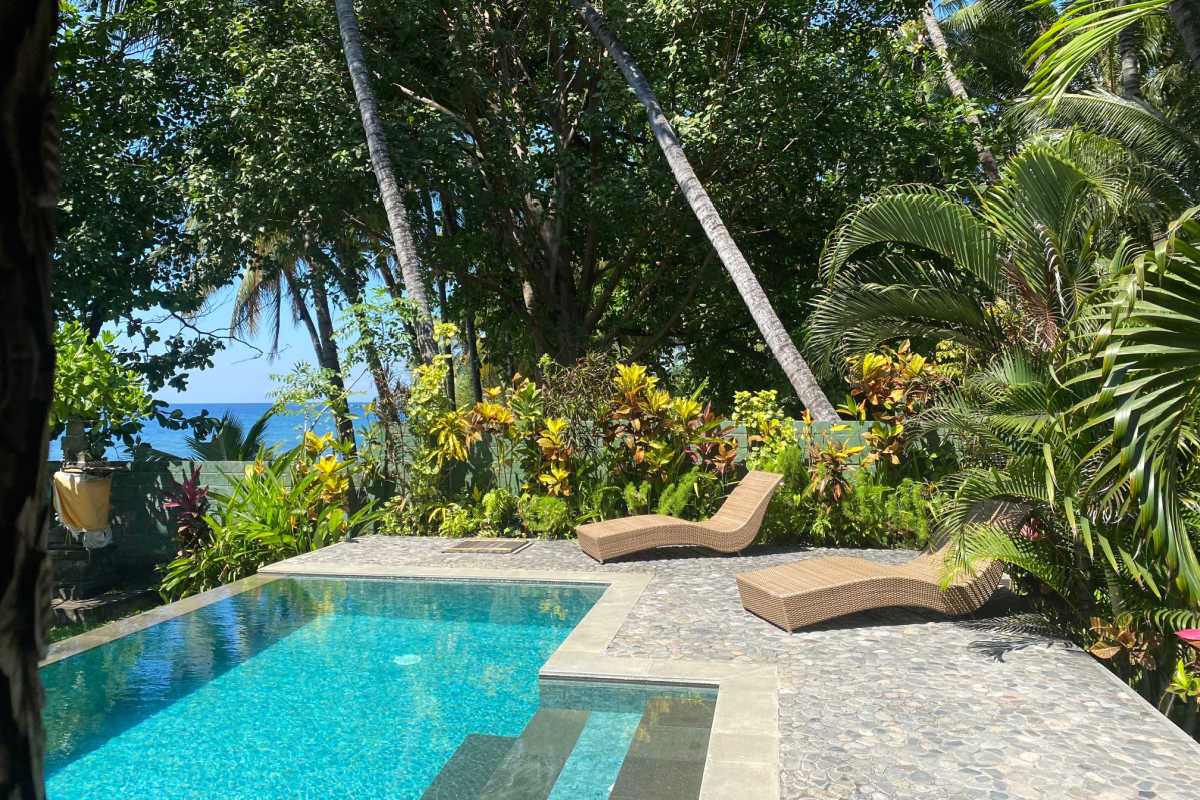Australian real estate the new Bitcoin of the real
estate market?
I was talking to an Australian realtor the other night about the Real estate market in Australia.
He told me that Australian properties were selling in as little
as one or two days after being listed.
I replied, “that was a sure sign that the market top is near”.
He looked at me with strange look as if I did not know what I was talking about.
I reminded him the time to buy real estate is when “the
blood is running the streets” not when everybody is running around trying to
buy anything they can get their hands on with ridiculously low interest rates.
He soon realized I was right.
I reminded him the bitcoin frenzy several years ago when it went from 10,000 to 20,000 and nobody in their right mind could understand why.
When I issued my infamous sell signal December 2017 everybody thought I was crazy. A few months later it was down 60%.
Editor's Comments: I have been predicting Asian real estate prices with almost 90% accuracy since I moved here 23 years ago.
About six years ago after a trip to
Melbourne and researching real estate prices and rentals I made
a prediction that Australia real estate prices were going to head
down. Nobody believed me at the time but several years later they realized
I was right.
Real Estate Acid Test:
I do not need a lot analysis of market trends mortgage rates etc. to determine which way a real estate market is headed.
Over the past 40 years of dealing with real estate I have developed an amazingly simple acid test for real estate anywhere in the world.
Can I buy three-bedroom home or apartment in the area that I am interested in and rent it out a positive cash flow.
If not the market is near the top, has not much further to go and most likely will drop soon.
Who will continue to buy real estate if they cannot make money on it?
From what I see the only thing that fuelling Australia's real estate market right now is greedy speculation.
Have Australians forgotten that that their own government has placed severe restrictions on any foreign buying?
Therefore, the massive amount of buying from Chinese and another Asian's over the past decade has diminished to a trickle.
So, all that is left is Austrians to buy.
I did not know Australians had so much money after this devastating pandemic.
Especially when they are fighting almost daily with China their biggest purchaser of the products.
Are Australians forgetting that they have fallen into their first recession in several decades.
So, the fuel for this speculation is low interest rates in anticipation of Australian real estate going up in a recovery.
I remind you of a similar situation in America in 2007 when I told people to get out of American real estate after I realized that American housewives were buying real estate just because their friends had a house selling party instead of a Tupperware party and they felt that they were not in unless they bought.
There was also speculation created by ridiculously low sub prime interest rates and banks willing to lend anybody even if they were not credit worthy.
If I were an Australian right now that owns property that is increased dramatically recently I would put a high price on it and sell it as soon as possible.
This cannot continue while my acid test is failing.
I would take the money and would purchase quality
real estate in Bali that is still down 20% to 50 % from January prices.
Most prudent buyers realize the time to buy anything in stores is when there is a big sale on, not after it increased in price significantly
I would start right here at this website and definitely check out Bali depressed properties at this link.
Yes I realize you can not easily come inspect the
properties but in this modern age with high quality video and
photos you can easily request any visual aids you need to
make prudent decision.
When you are ready you can call me on Whatsapp for free +62-8123814014.
Dmytro Konovalov December 8, 2020

Australian real estate is expensive. Prices have increased by so much and so quickly that most of the time, over the last eight years, the median house in Sydney has made more money (i.e., appreciated more in value) than the median worker at a full-time job.
Buying real estate in a hot location as an investment for both rental income and capital gains has become a modern Australian dream. The pursuit of this dream has triggered bidding wars with winners, in most cases being those who can afford higher leverage. Readily available debt financing at steadily decreasing interest rates has produced a constant increase in valuations resulting in multiple regional pricing bubbles.
Based on data from the Fitch Ratings index of Australian house prices, over the last 15 years, weighted average house prices for eight major cities in Australia have more than doubled, increasing from 71.7 points in June 2005 to 143.5 in December 2019 (with March 2012 set equal to 100). The highest increase in price has been observed in Sydney, followed by Melbourne, with those two cities reaching 166.4 and 150.4 points respectively in December 2019.
Location, location and location. This undying rule for choosing a house has been the basis of real estate decision-making everywhere and Australia is not an exception. Currently, most mortgages in the country are related to the purchases of existing rather than new houses. Over the years, construction and material prices have increased somewhat in line with inflation, but the value of land has skyrocketed, becoming a major contributor to the spike in real estate valuations.
According to the 16th Annual Demographic International Housing Survey for 2020, that analyzed 309 housing markets internationally, Australia has one of the most “severely unaffordable housing markets.” Based on the “mean multiple” approach, (the ratio of the median house price to the median household income), this year’s survey placed Sydney and Melbourne as the world’s third and fourth most expensive cities for residential real estate.
Readily available debt and dramatic declines in interest rates
Growth in real estate prices is driven by several factors, with the availability of low-cost credit and immigration having obvious effects. The dovish monetary policy consistently implemented by the Royal Bank of Australia (RBA) to support the country’s economic growth after the previous financial crisis of 2008 has coincided with dramatic real estate price escalation. In the last 12 years, RBA-set interest rates have dropped from 9.35 per cent in March 2008 to almost zero today.
According to the Trading Economics portal, “The Reserve Bank of Australia lowered its cash rate to an all-time low of 0.1 per cent from 0.25 per cent during its November 2020 meeting, as widely expected.”
A steady decrease in interest rates has improved the availability of credit resulting in a historically high indebtedness of the population. Most of the debt is tied to real estate. The country’s mortgage lending has risen to 80 per cent of GDP currently from around 20 per cent in 1990. Today, the average ratio of household debt to income in Australia is about 200 per cent. By comparison, Canada’s figure lately has been in a range of 160 per cent to 170 per cent.
According to the article, The Impact of Immigration on Housing Prices in Australia, first published on Dec. 22, 2019 and quoted by the ResearchGate portal: “Australia has experienced high rates of immigration.
“Using data from the censuses in 2006, 2011, and 2016, we find that an immigrant inflow of one per cent of a postcode’s population raises housing prices by around 0.9 per cent per year.
“The effects of immigration on housing prices were larger in the more recent part of the period examined.”
Australian Bureau of Statistics and Fitch Ratings research indicates a significant increase in Australian net immigration from 2005 until the present. The 12-month rolling average for net immigration in March 2005 amounted to 118,100 people. This number reached approximately 210,600 people in December 2019.
According to the Australian Bureau of Statistics, 79 per cent of the country’s total population increase in 2017-18 occurred in the two largest cities, Melbourne and Sydney. In both urban centres, migration from overseas represented the majority of the population growth during the period.
Correction is likely as fundamentals are changing
As COVID-19 cases continue to grow globally, international immigration to Australia in 2021 is expected to slow down to historically low levels. In June 2021, 12-month rolling average net immigration is projected to drop to 34,600 people – the lowest number since 1993, as projected by Fitch Ratings and the Australian Bureau of Statistics.
Similarly, the overall annual growth of Australia’s population in June 2021 is forecast to slow to just +0.68 per cent, the lowest level for the last 30 years. These drastic pullbacks in immigration and population growth are likely to hurt Australian real estate prices.
At the same time, the pressure from a decrease in immigration is likely to be countered by increased liquidity from local banks and historically low (potentially even negative) interest rates. However, at the current level of interest rates, further monetary easing seems less likely to have a positive impact on, or even provide support for, real estate prices.
Dmytro Konovalov has over 10 years of experience in equity research and analysis for global markets at leading international financial institutions.







No comments:
Post a Comment